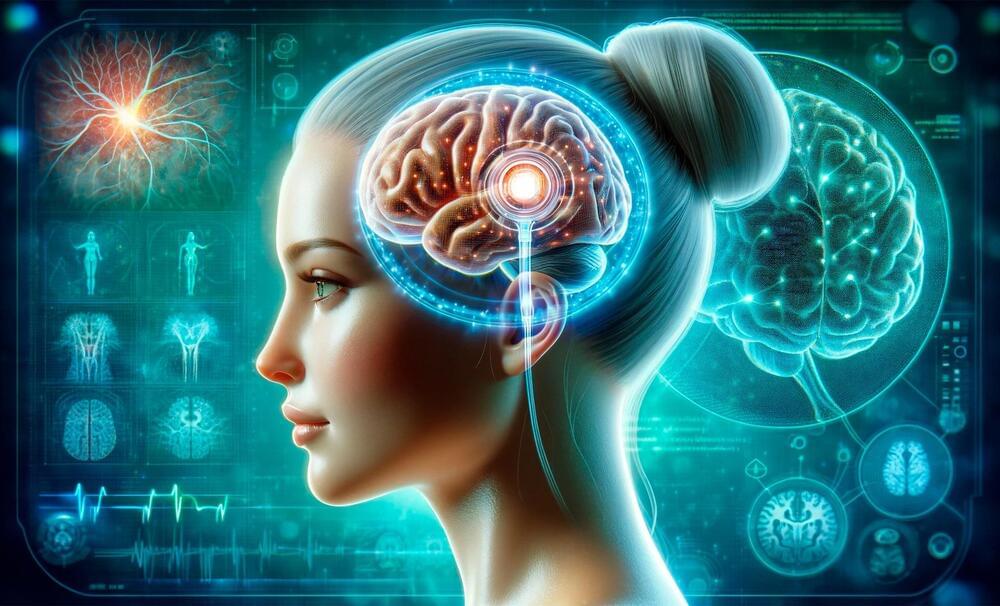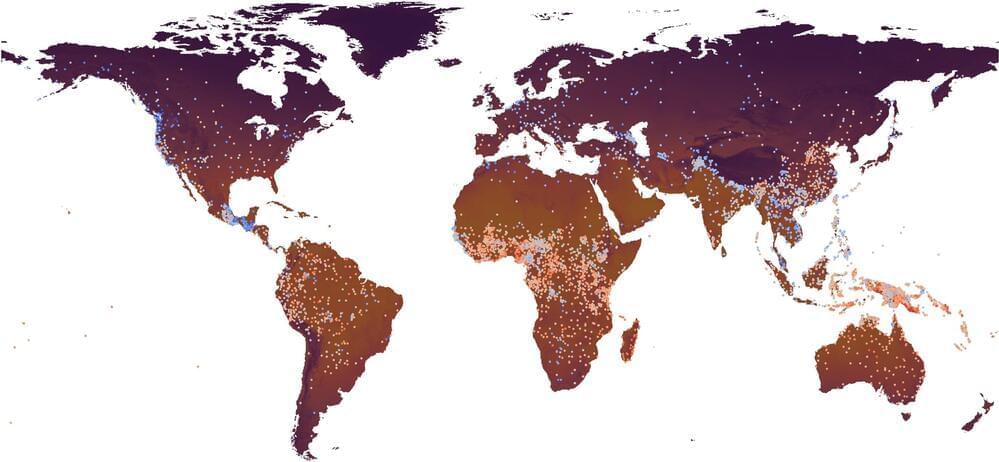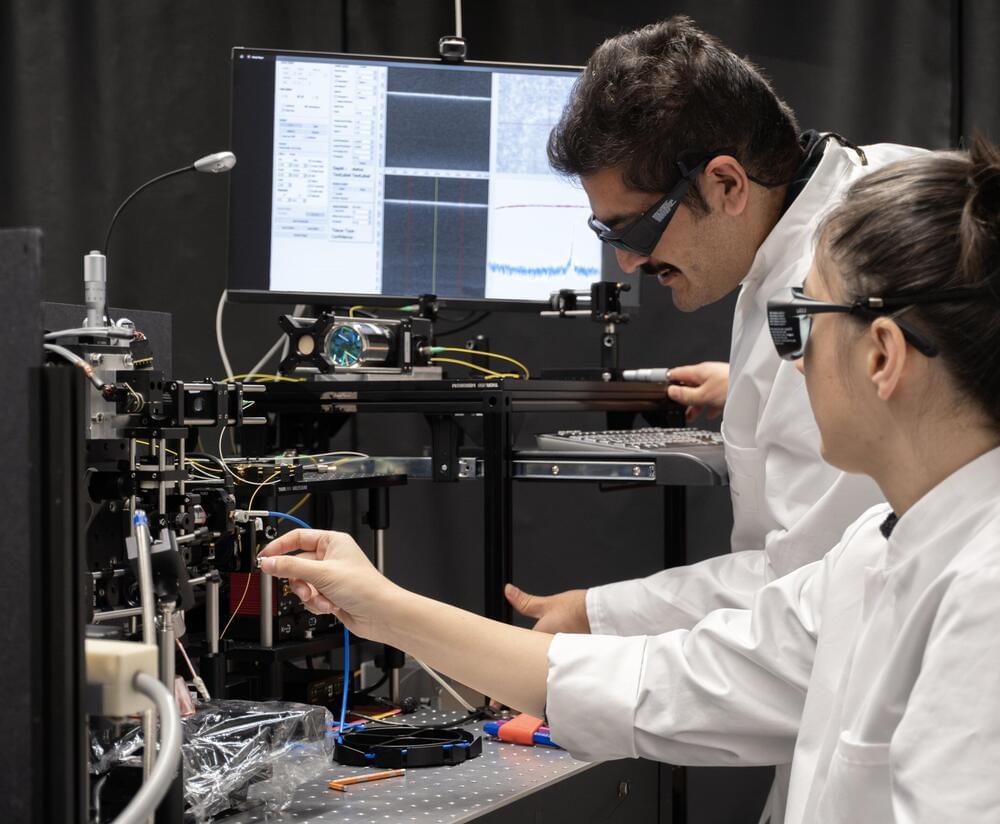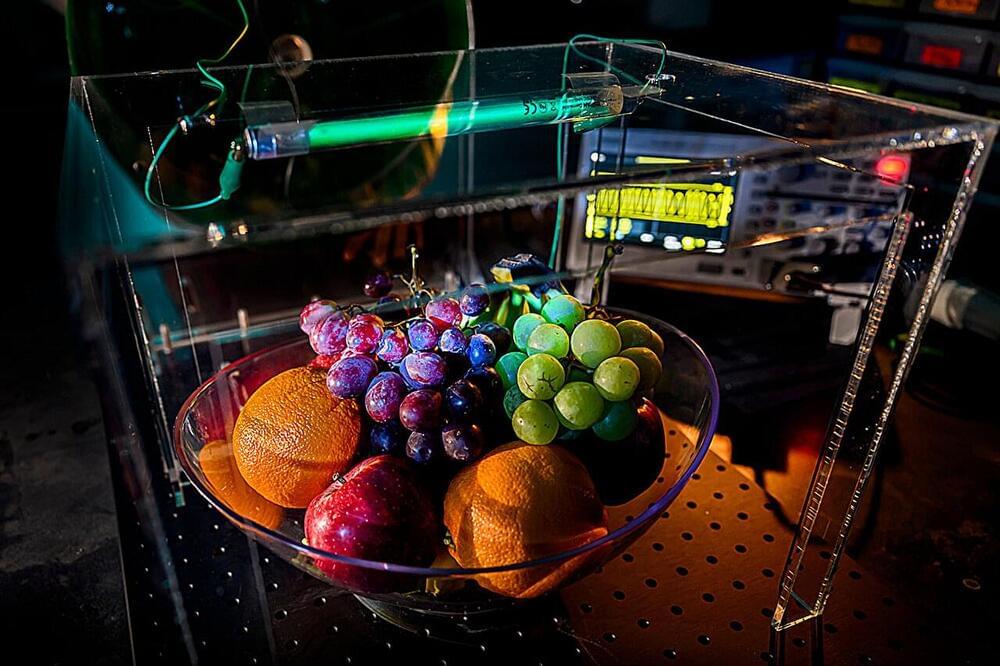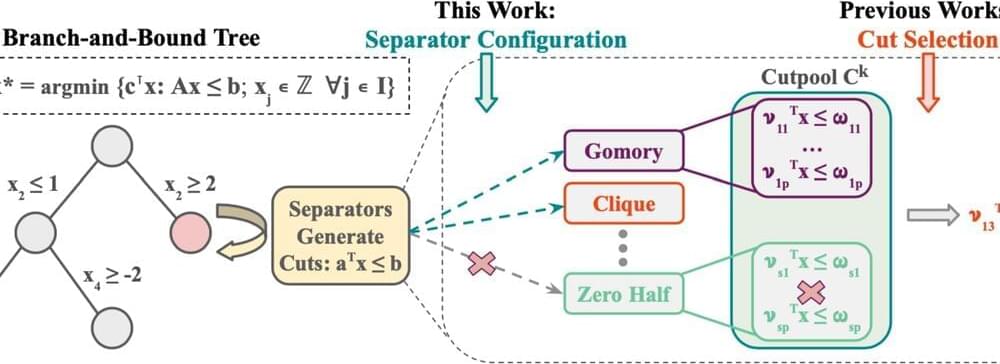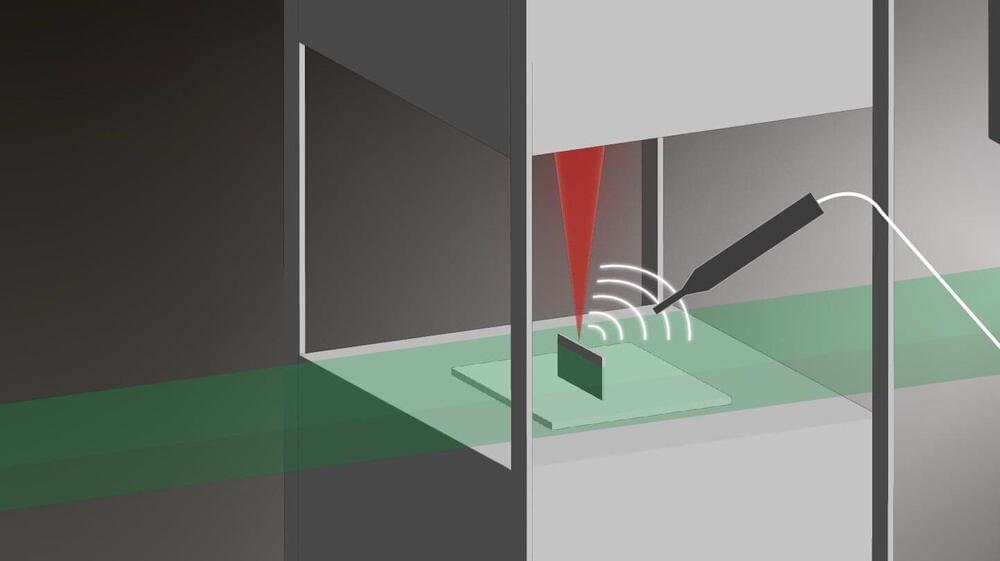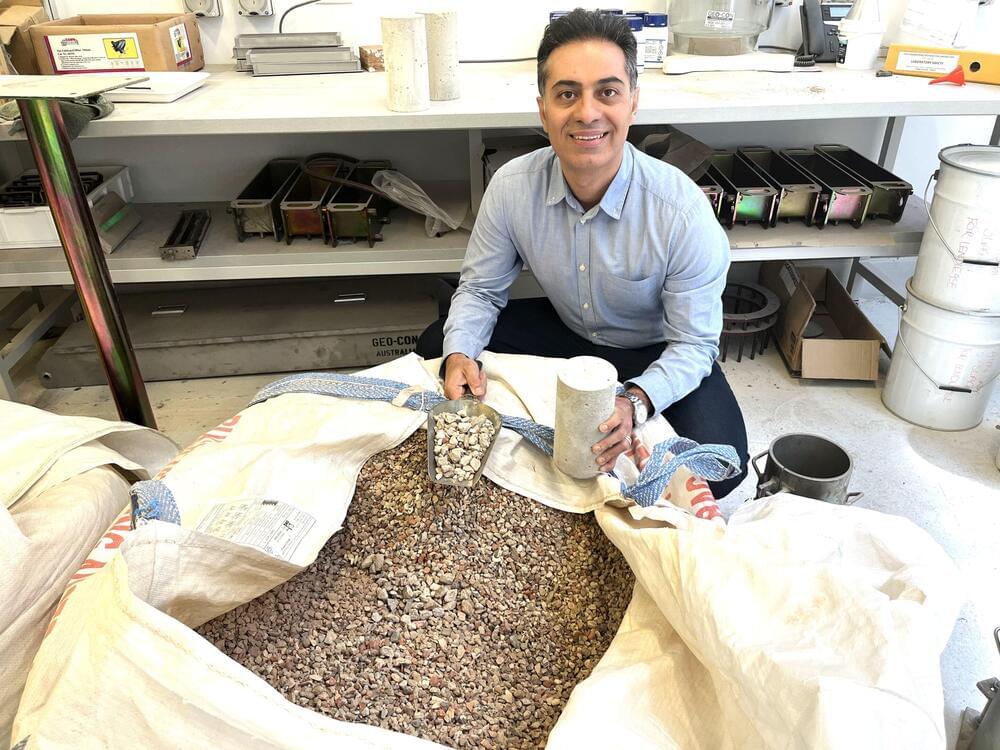Dec 5, 2023
Reviving Minds: Implant Restores Cognitive Functions After Brain Injury
Posted by Paul Battista in categories: biotech/medical, law, neuroscience
A new technique using deep brain stimulation tailored to each patient exceeded researchers’ expectations in treating the cognitive impairments from moderate to severe traumatic brain injury.
In 2001, Gina Arata was in her final semester of college, planning to apply to law school, when she suffered a traumatic brain injury in a car accident. The injury so compromised her ability to focus she struggled in a job sorting mail.
“I couldn’t remember anything,” said Arata, who lives in Modesto with her parents. “My left foot dropped, so I’d trip over things all the time. I was always in car accidents. And I had no filter — I’d get pissed off really easily.”
